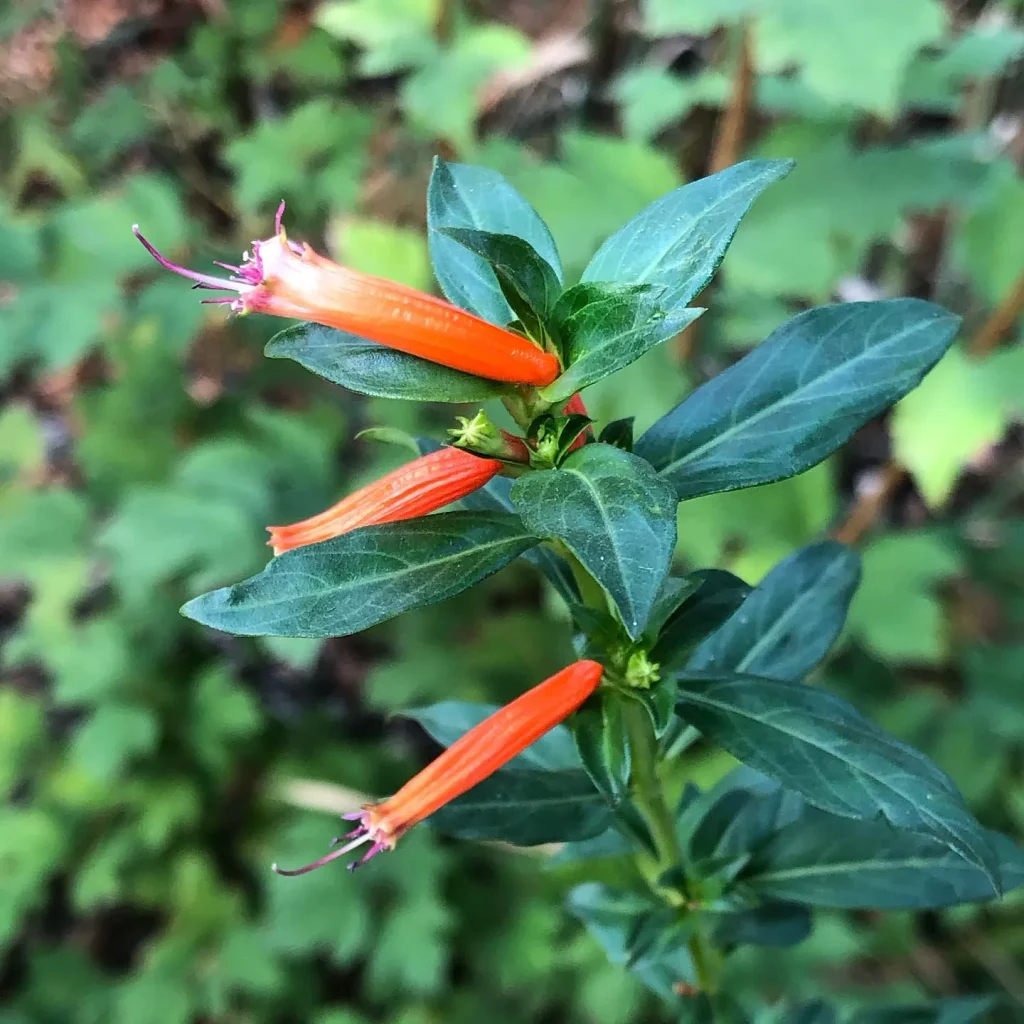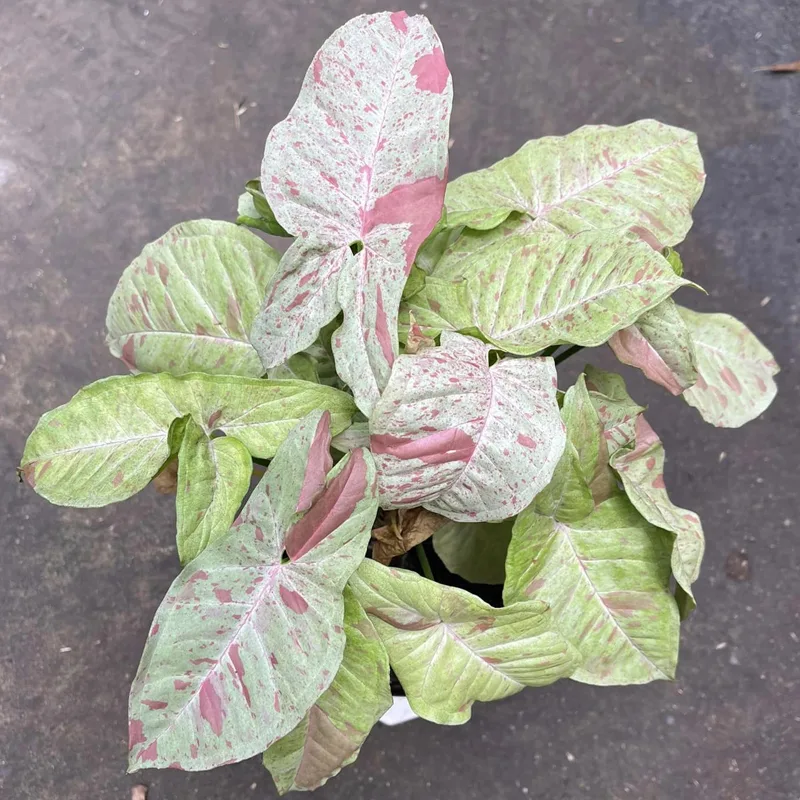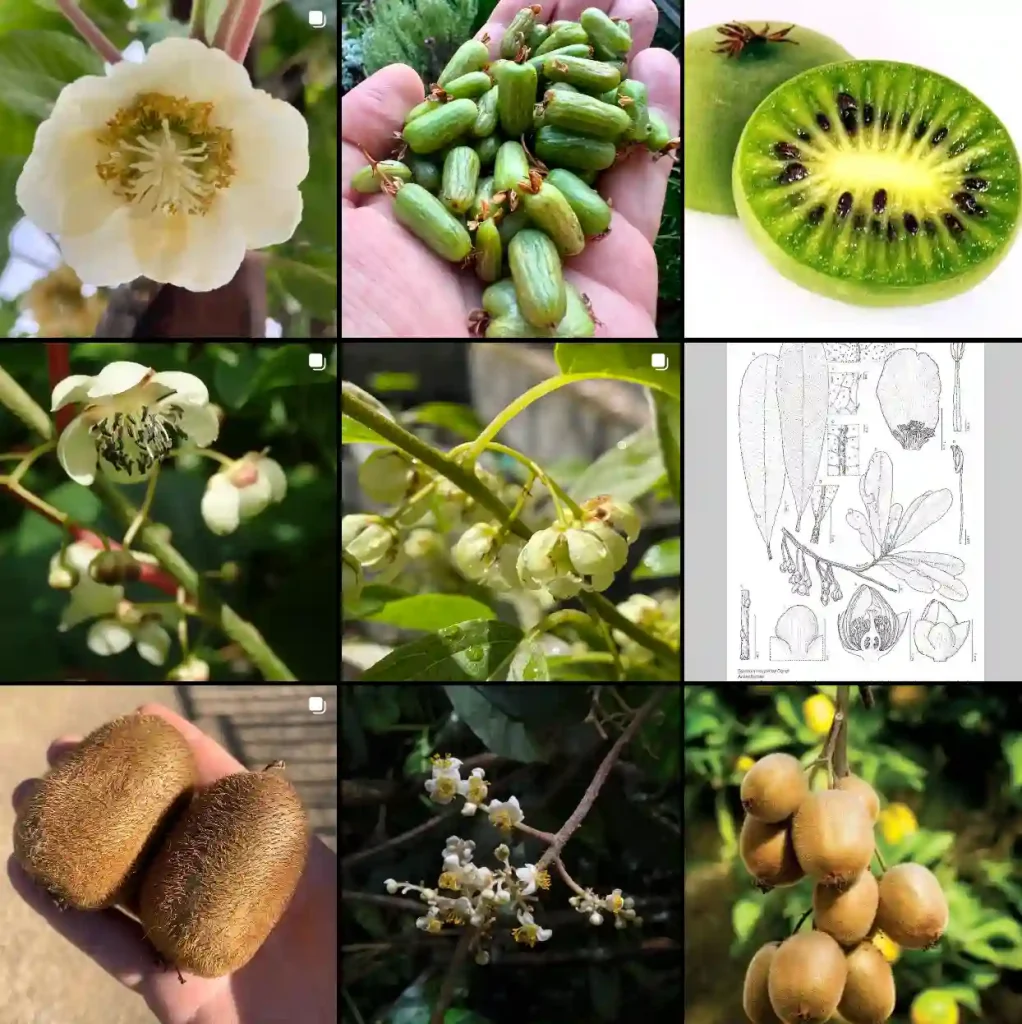
White Sage vs Blue Sage
White Sage(Salvia Apiana) has a more potent, cleansing aroma compared to Blue Sage, which I find milder and more soothing.
White Sage vs Sage
When comparing White Sage to regular Sage, I notice that White Sage is more aromatic and purifying.
1050 Species in Genus Salvia
White Sage vs Black Sage
White Sage has a stronger scent and more intense cleansing properties compared to Black Sage, which feels grounding to me.
White Sage vs Clary Sage
Clary Sage has a musky, herbaceous fragrance that contrasts with the crisp, invigorating scent of White Sage.
White Sage vs Culinary Sage
Culinary Sage is wonderful for cooking, but it lacks the spiritual and aromatic qualities of White Sage.
White Sage vs Garden Sage
Garden Sage, while great for culinary uses, doesn’t have the same depth of fragrance or cleansing power as White Sage.
White Sage vs Green Sage
White Sage has a distinctive, robust scent that Green Sage can’t quite match in terms of intensity.
White Sage vs Palo Santo
Palo Santo has a sweet, woody aroma that I love, but White Sage provides a sharper, more purifying scent for my spaces.
How to smudge house with white sage?
Smudging my house with white sage is a calming and spiritual ritual for me. I light the sage bundle, let it smolder, and then walk around my home, allowing the smoke to reach every corner. I focus on areas that feel stagnant or heavy, waving the smoke with a feather or my hand, and it feels like I’m clearing out negative energy, making space for positivity.
Where to buy white sage?
Finding a good source for white sage can be tricky. I prefer to buy it from local metaphysical shops or trusted online stores that prioritize ethical harvesting. It’s important to me that the sage I use is sustainably sourced to respect the plant and its cultural significance.
How to grow white sage?
Growing white sage in my garden has been a rewarding experience. It thrives in well-drained soil and lots of sunlight. I started with seeds, keeping the soil lightly moist until they germinated. Once established, the plants are quite hardy and don’t need much water, which is perfect for my busy schedule.
How to use white sage sticks?
Using white sage sticks is straightforward. I light the end until it catches fire, blow out the flame so it smolders, and then use the smoke for cleansing. It’s a practice I’ve adopted for both my living space and personal energy, especially after stressful days.
Is white sage endangered?
The status of white sage in the wild concerns me. Overharvesting and habitat loss have made it more difficult to find naturally. This awareness makes me even more careful about where I source my sage and how often I use it, ensuring I don’t contribute to the problem.
What is white sage good for?
For me, white sage is great for more than just smudging. I use it to create a peaceful atmosphere at home, and it’s part of my meditation routine. The scent and ritual help center my mind and promote a sense of well-being.
Can you smoke white sage?
I’ve never tried smoking white sage, but I’ve read mixed opinions on it. While some say it can be used in herbal blends, I stick to traditional uses like smudging for energy clearing and spiritual purposes.
What does white sage smell like?
The smell of white sage is unique and earthy. When burned, it has a strong, slightly astringent aroma that fills the room with a sense of purity and cleanliness. I find the scent to be grounding and refreshing.
How to make a smudge stick with white sage?
Making my own smudge stick with white sage is a fun and personal project. I gather fresh sage leaves, bundle them tightly with natural twine, and let them dry for a few weeks. The process is simple but satisfying, and I love using something I’ve made myself.
Is white sage edible?
While white sage is used in various traditional ways, I’ve learned that it’s not edible. It’s best to stick to culinary sages for cooking and keep white sage for its intended spiritual and medicinal purposes.
How to grow white sage from seed?
Growing white sage from seed can be a bit of a challenge, but it’s worth it. I start the seeds indoors, using a seed tray with a light soil mix, and keep them moist but not waterlogged. Patience is key, as germination can take a few weeks, but once the seedlings are big enough, they can be transplanted outdoors.
How to harvest white sage?
Harvesting white sage from my garden feels like a sacred task. I wait until the plant is mature and then cut the leaves or branches early in the morning. I make sure to take only what I need and leave enough for the plant to continue growing strong.
What is white sage used for spiritually?
Spiritually, white sage has been invaluable for me. I use it to cleanse my aura and the energy in my home. The ritual of smudging helps me set intentions, release negativity, and create a space for positive energy to flow.
How to propagate white sage?
Propagating white sage is something I’ve had success with by taking cuttings. I cut a healthy stem, remove the lower leaves, and place it in water or directly into soil. Keeping the cutting in a warm, sunny spot helps it root faster, and before long, I have a new plant to add to my collection.
Is white tea and sage discontinued?
I noticed white tea and sage products disappearing from some of my favorite stores. It seems like they might be discontinued, which is disappointing because I really enjoyed the unique blend of flavors and the calming effects of the tea.
If i die, water my plants!



